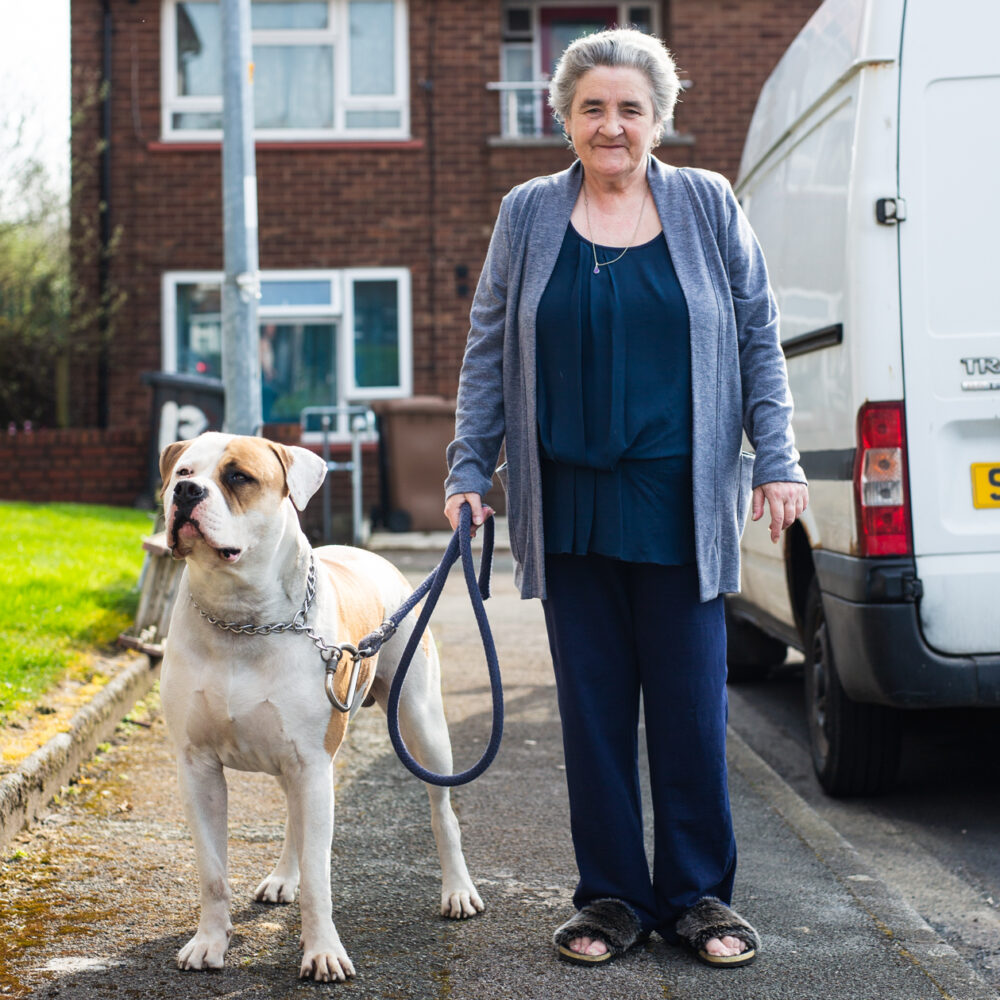



It’s not hard to end up fixated on your own experiences during lockdown. All of us are facing our own challenges and fears – whether it’s worry for our families and friends, trepidation over our careers or uncertainty about which spaces we can access safely. Everyone’s emotions are riding high as we face a situation we never could have anticipated.
Many of us are lucky to be able to connect with the people around us easily. We have internet access. We might not have to shield. We’re mobile. As the UK begins to ease lockdown, we have the ability to return to a reality where we can access the company we need. However, with reports regarding older people from black, Asian and minority ethnic backgrounds being amongst the worst affected by the pandemic, as well as those with underlying health issues – we have to consider that the privilege of lockdown easing is not accessible for everyone. Particularly for older people and those with ill health and disabilities – the easing of lockdown is likely to be a longer and more challenging transition and the future remains much more uncertain.
Ageism has been an issue in the UK for years, and the pandemic has only further emphasised issues around the treatment of older people: from the government’s airbrushing of care home numbers, to the unsettling attitude that their deaths are somehow justified by age, or the throwaway phrase, ‘they probably won’t have had long left anyway’.
This attitude is seriously concerning and more embedded in our society than we might imagine. This year, The Centre for Ageing Better published a study on attitudes towards aging and found that perceptions of older people in the UK are mostly negative. In the study, older people are thought of as having lower levels of performance, physically declining and consuming too many of society’s resources. Troubling soundbites included people describing the population of older people as an ‘aging Tsunami’ and a ‘demographic timebomb’ – and this ageism affects women, those with disability status, sexuality or trans identity and people from black and minority ethnic groups even more, as they tackle what’s described as ‘double discrimination’. According to the report, research in the area of ‘double jeopardy’ is limited and further work is needed to disentangle the ‘intersection between age and other group identities’.
Anna Dixon, the Chief Executive of The Centre for Ageing Better, said “Britain is long overdue a fundamental culture shift to overturn these attitudes, and the media needs to reflect the diverse experiences of people in later life.”
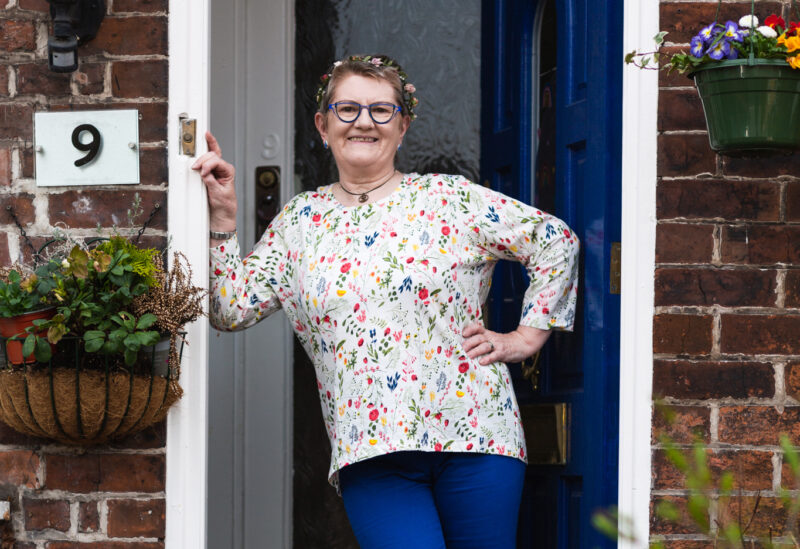
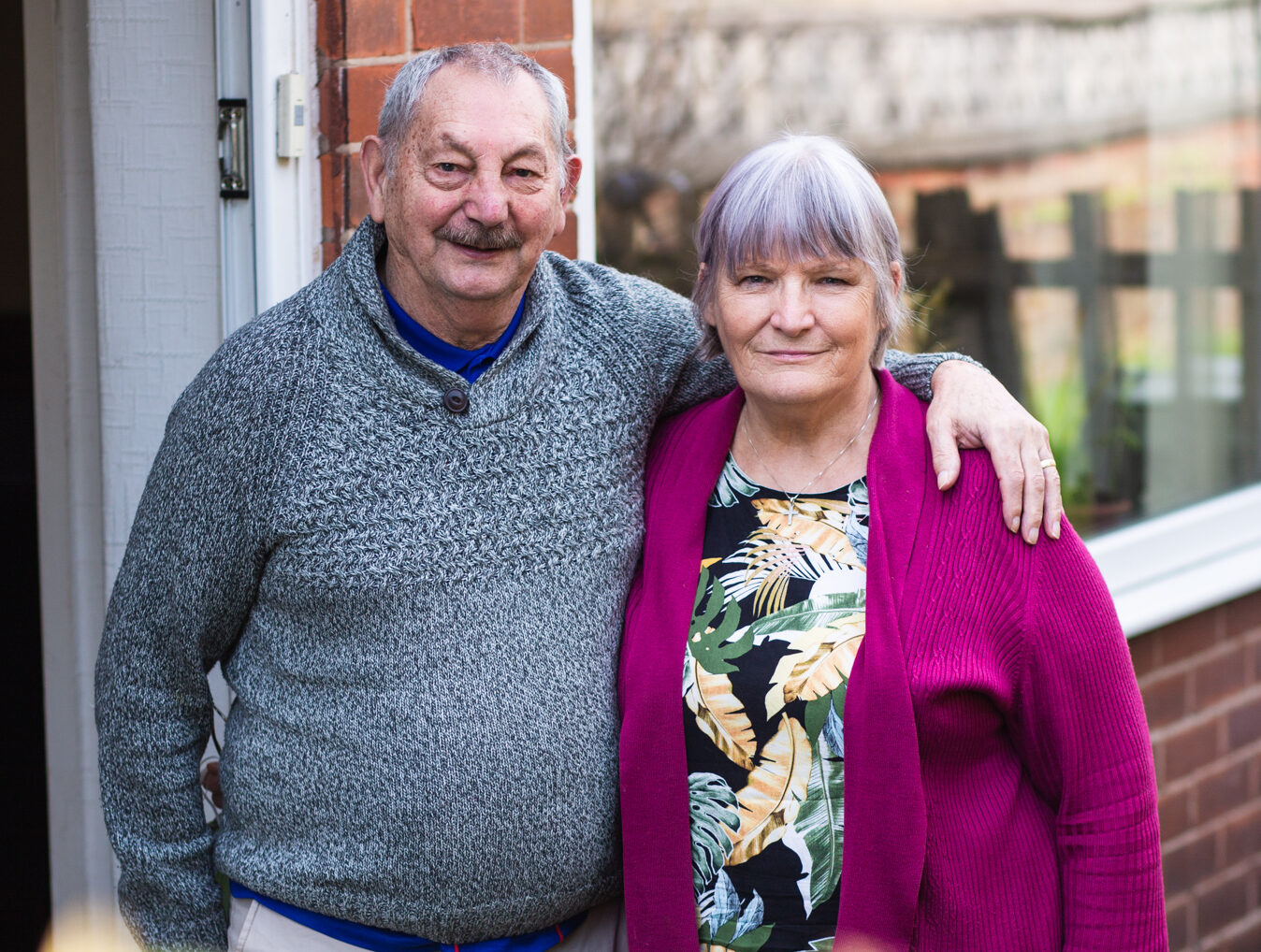
There are several things that have further exacerbated problems with ageism during the last few years – not least of which being the widening gap between generations that has become more prominent since Brexit. However, the ways we talk about older people in the media and the ways they are presented us in the day-to-day further aggravate ageism and cause more resentment.
The representation of older people in the media is problematic, as described in the Centre for Aging’s Better Exploring representations of old age and ageing – Literature review. When we watch older characters on the TV or at the theatre, they’re usually ‘characterised by an inevitable decline in cognitive and psychosocial ability’ – they’re depicted as frail, a burden, unproductive. Or the coin is flipped, and older people are presented in an overtly positive light – stripped of distinguishing features, often white and rich in resource.
When adverts and media are created targeting older people, they focus on a bright and positive future, showing perfect grandparents living an idealised life – even when advertising mobility products or sheltered accommodation. Interestingly, when adverts targeted towards younger people feature older characters, they’re usually comedic and mocked using stereotypes.
Consequently, across our TV, theatre, books and advertising – there’s little representation of the real experience of older people and not much of an acknowledgement that the people who are becoming older now are a completely different generation to older people twenty or thirty years ago. They have different wants and needs, have lived through a completely different set of circumstances to previous generations. How can we challenge ageism in the UK when our media is painting a negative view of older people?
This seeding of negative imagery through the media has become even more problematic during lockdown, leading to a throwaway attitude towards older people and widening the gap between generations even further. This is further intensified by the patronising attitude towards older people in the media, where they’re presented as ‘cute’ as opposed to dynamic or challenging.

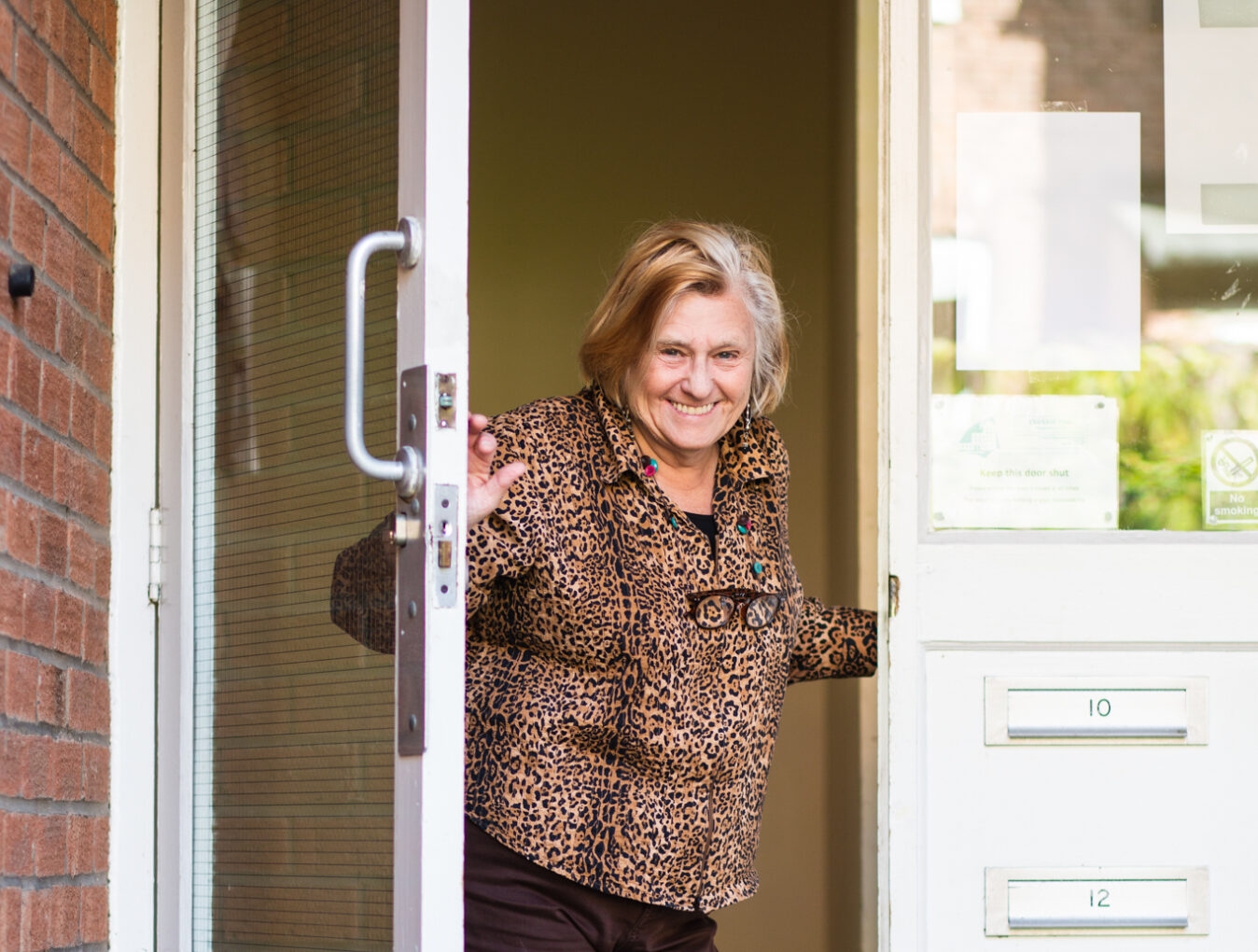
Last year when we started working with older people on the Golden Years’ Caravan, our main aim was to challenge the stereotypes we were seeing in the media, and to create genuine representations of aging in Greater Manchester. You can celebrate the creativity and culture of the older people involved in the Golden Year’s Caravan here.
Now we’re working closely with artists and Greater Manchester based participants on Dial – a project that’s all about conversation and connection between people. It’s about stepping away from perceived barriers between generations and creating genuine connection.
As we come out of lockdown, it’s more important than ever that we continue this work and challenge perceptions of aging. There needs to be a platform for more older people to speak about their experiences, more openness to receiving that conversation and a shift in perception about what aging looks like – the liberation many old people experience later in life and the value of their impact on society.
By Meg Holland
Meg is a creative strategist with a flair for problem solving, helping brands to connect with their audiences through copywriting, content, social media management and strategic communications – including producing for the lovely Art with Heart! Meg’s research has come after noticing the lack of older people featured in advertising and considering ways that can be improved in the future. Follow her on Twitter @miggysworld.
Doorstep portraits by Joe Smith as part of our Old Stock, New Stock project.
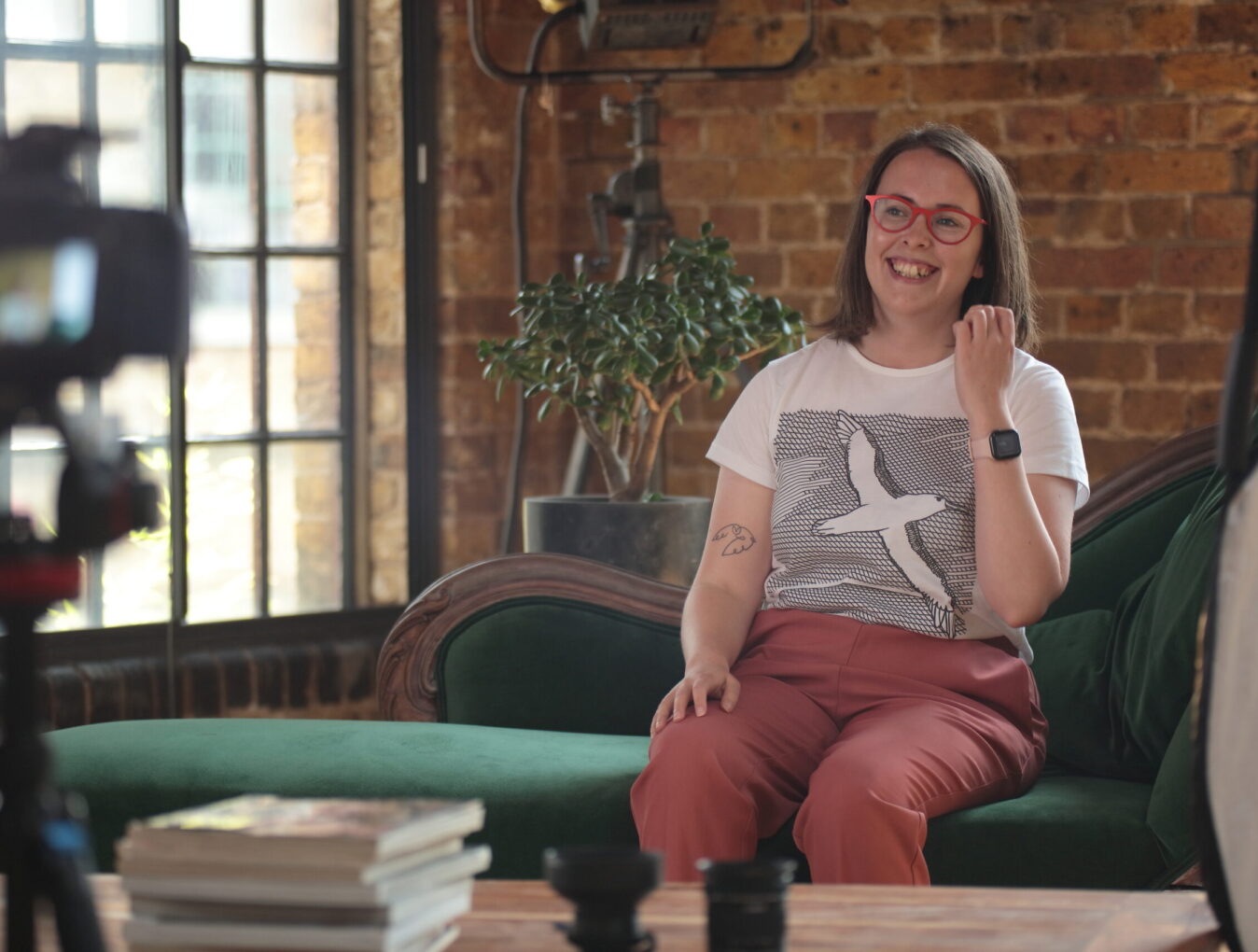
We are Art with Heart, and we want to bring together as many people as possible to unlock their creativity and connection to each other. As a registered charity (1205611), donations make it possible to deliver accessible, representative and inclusive projects, to engage more people, employ more freelancers and plan further into the future. Together, we are building Art with Heart, we would love you to join us! CLICK HERE to donate through our Ko-fi campaign.